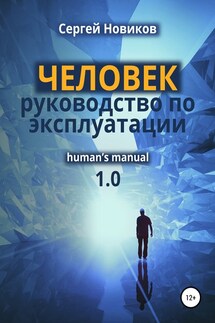Steps, Ladders, Stairs in Art. Volume 1 - страница 5
Among contemporary artists, Richard Humann developed this theme with a neo-conceptualist twist in his 2008 installation “ You Must be This Tall” (V1: 114–116). The artist explores the collective subconscious through a projection onto everyday objects in a miniature amusement park. And apparently innocuous, at first glance, children’s attractions turn out to be modified to serve for executions.
Thus, we can talk about the ambivalence of the image of stairs and ladders, now uplifting and sacred, now aggressive and destroying; they are often encumbered with elements contrary to their practical nature. Stairs or ladders, helpful tools that accompany a person on his path, can be transformed into obstacles blocking that path. The materials, stairs or ladders are constructed from, can evoke associations with physical pain, communicating an aggressive message and a danger sign.
The Cuban artist Kcho (Alexis Machado) expresses this ambivalence in his 1990 installation, “The Worst of All Traps” (V2, p. 215). His ladder’s frail wooden frame suggests that it would make easy prey for enemies, but the rungs are made from machete blades – symbols of the Cuban war of independence. The artist’s use of palm branches – the national tree of Cuba, strengthens the already obvious allegory and ensured that the work attracted broad attention in Cuba. Nevertheless, Kcho asserts that the materials do not dominate the installation, but rather help the viewer find meaning in their very physical essence.
Unlike Kcho’s rusty machetes, which recall Cuba’s history but pose only a metaphorical threat, the sharpened steel knife-steps in Marina Abramovic’s 1996 installation “Double Edge” (V1, p. 126–127) can cause real physical harm. Here, as in much of her work, Abramovic examines the limits of physicality, provoking in the viewer an emotional involvement on the level of reflex. The work consists of four ladders with rungs made of different materials – from ordinary smooth wood to knife blades, heated metal and icy rails. The sight of these ladders whose familiar form has been transformed into something dangerous causes psychological discomfort in the viewer. These “dangerous steps” are a metaphor for trials that have to be overcome by overcoming mental and physical fears. In the museum setting, this installation did not involve physical contact, but in 2002, Abramovic revisited the ladders in her performance piece, “The House with the Ocean View” (V1, p. 124–125). For twelve days the artist lived in specially built minimalist rooms, open for viewing by visitors to the gallery. Under these conditions, ordinary actions take on the ritual character of a trial, a test combining asceticism and total publicity. Ladders with knives for rungs physically prevent the artist from going beyond the allotted space, thus an inanimate passive object becomes an actor in the performance, demonstrating its power over the will of the artist.
Eadweard Muybridge, Woman Walking Down Stairs, Chrono-photography, 1887
“For ‘The House with The Ocean View’ it was very difficult to be in the present constantly for twelve days, so I always tried to stand on the edge, over the ladder with knives, where I might fall on the knives.”[6]
In another project, “The Abramovic Method” (2016), at the Benaki Museum in Athens, the viewer becomes part of the performance that takes place on a gently sloping ramp that connects floors of the museum on the way to the main exhibition space. The artist has deliberately chosen a space in the museum that is usually considered secondary, to be passed through quickly. Participants in the performance are forced to move in slow motion, concentrating on a more profound consciousness of their bodies in time and space; this is particularly noticeable in contrast to the movement of other visitors to the museum. In this way, Abramovic induces the viewers to focus, through body experience, on a specific “episode” of life.






